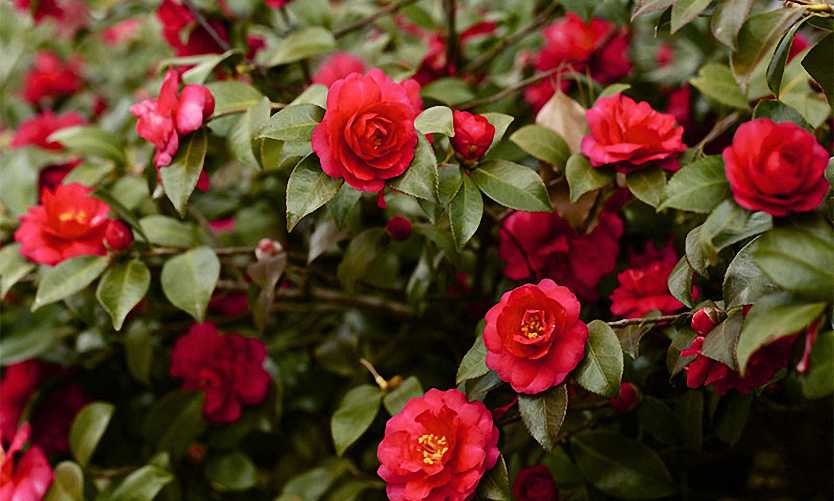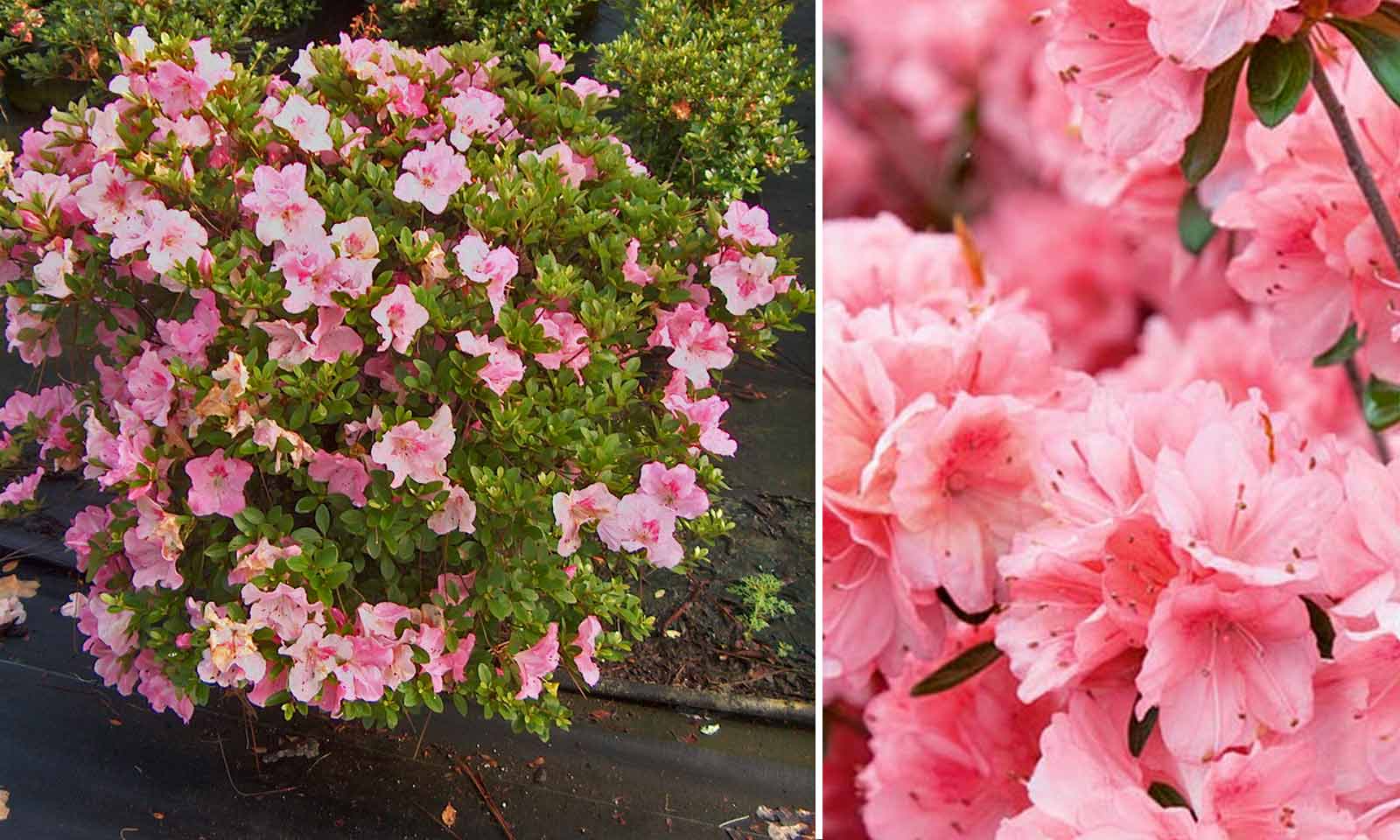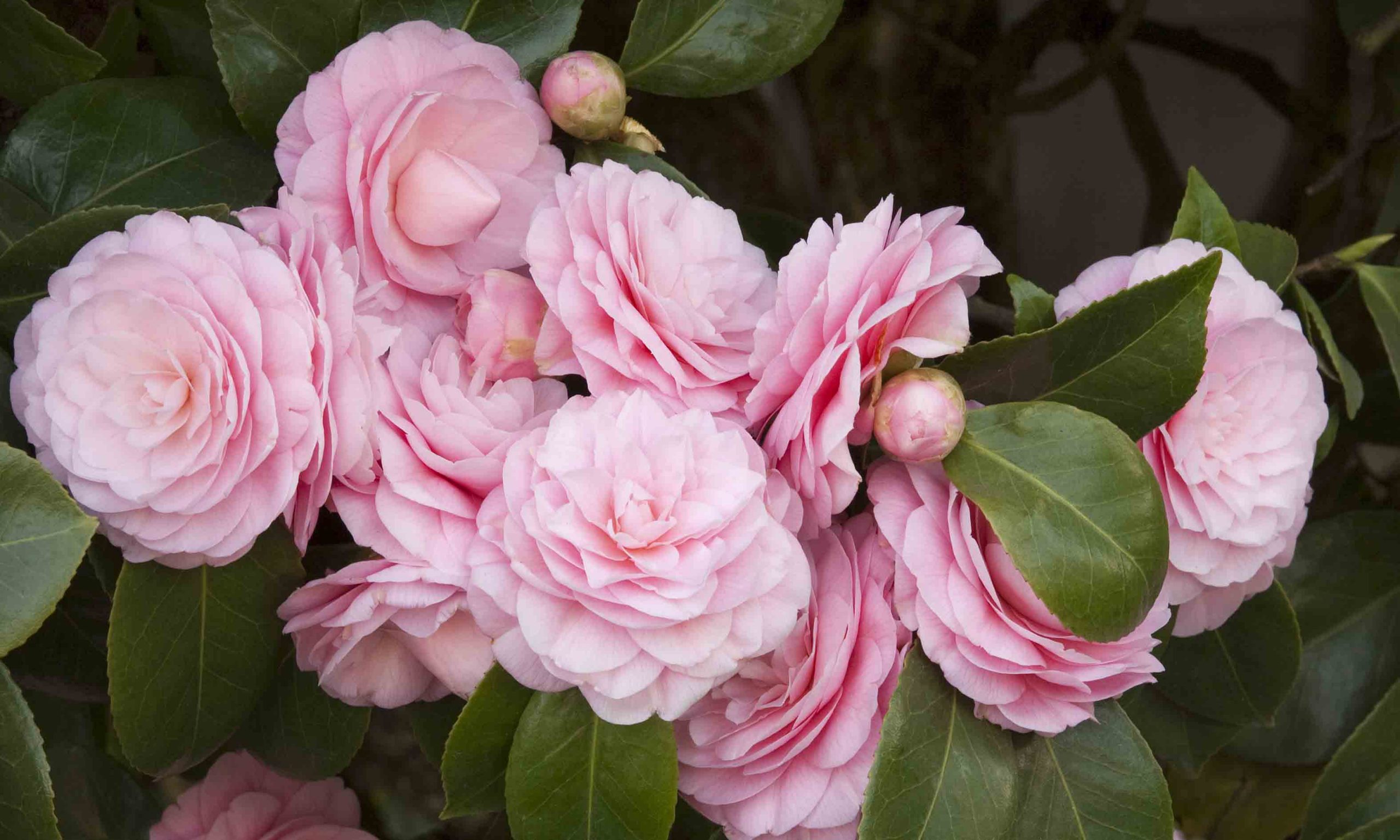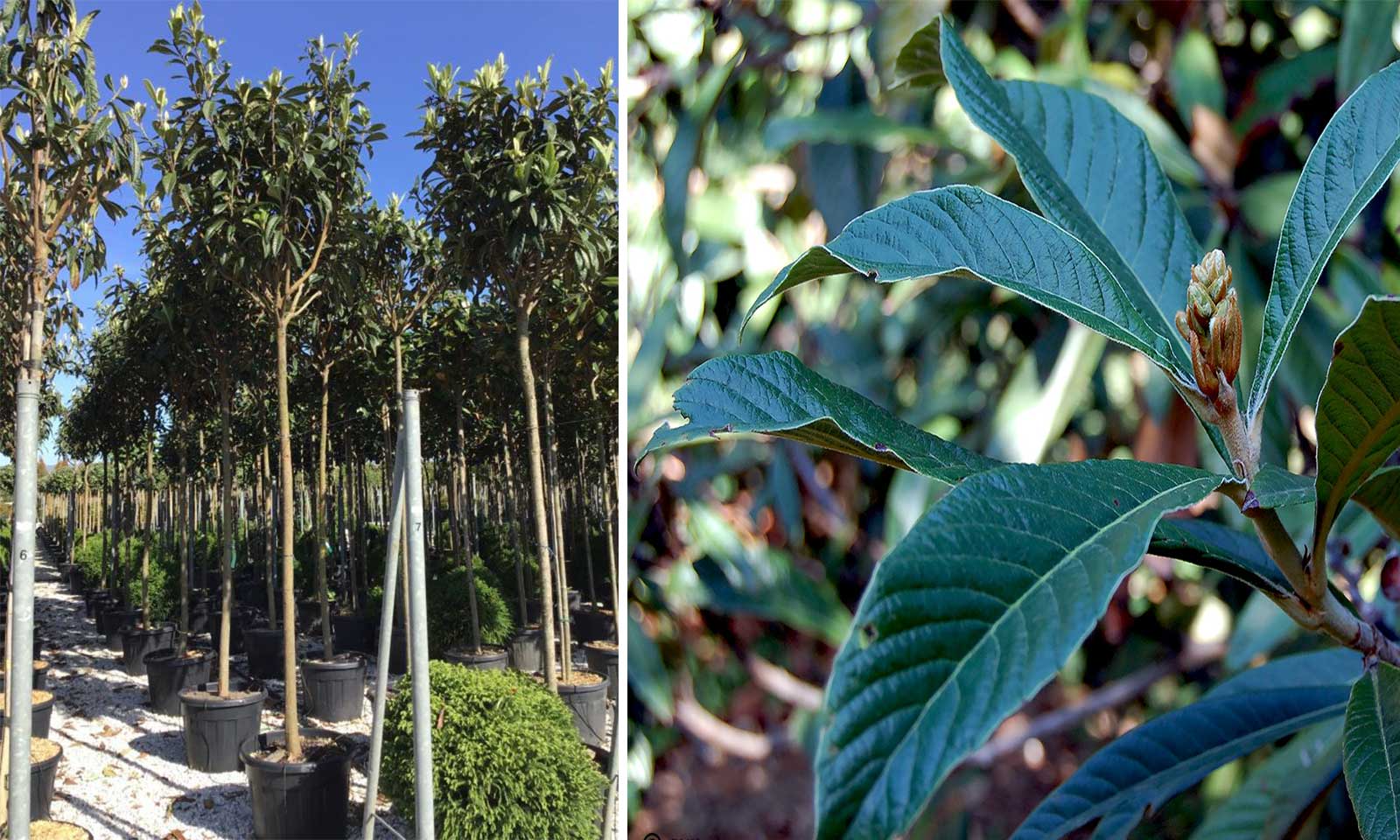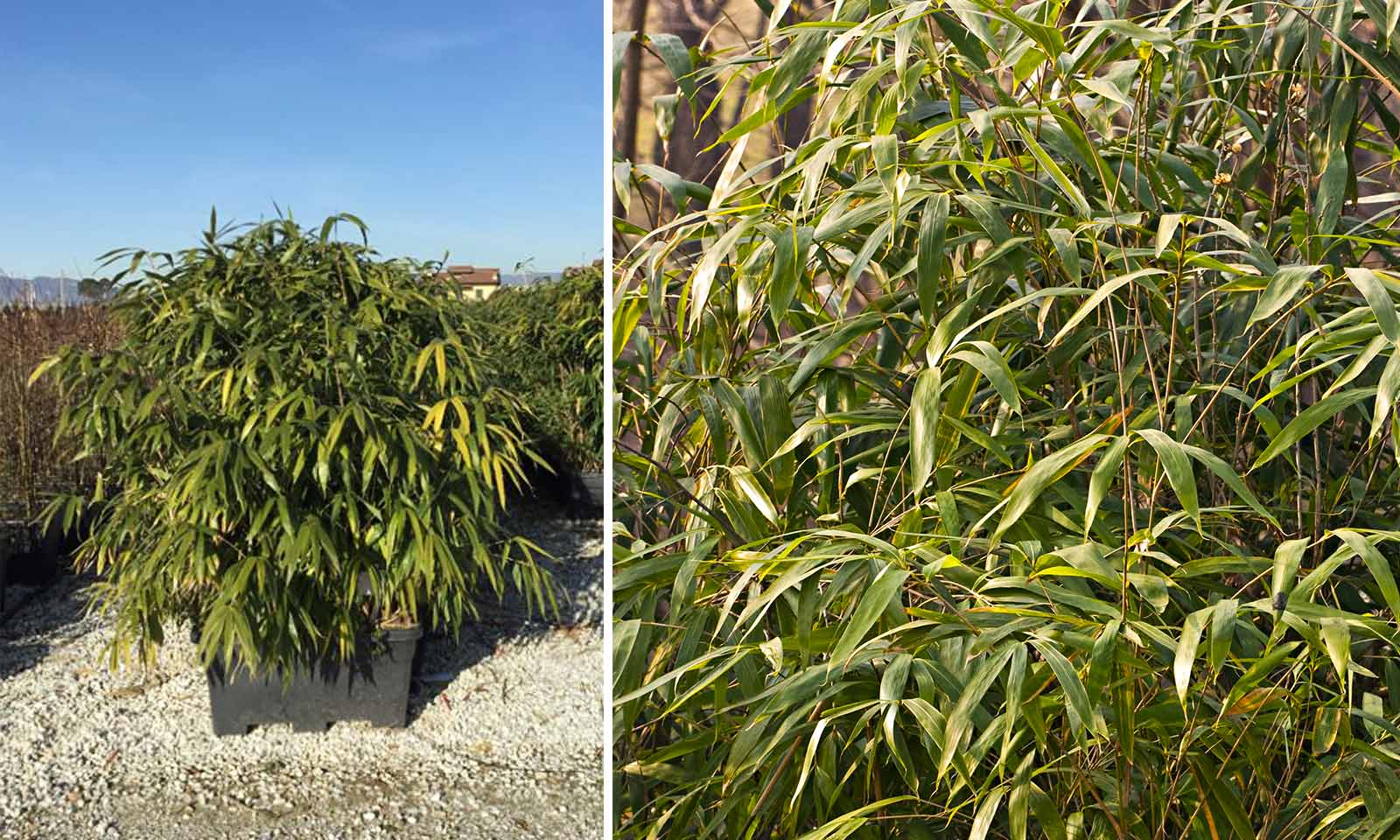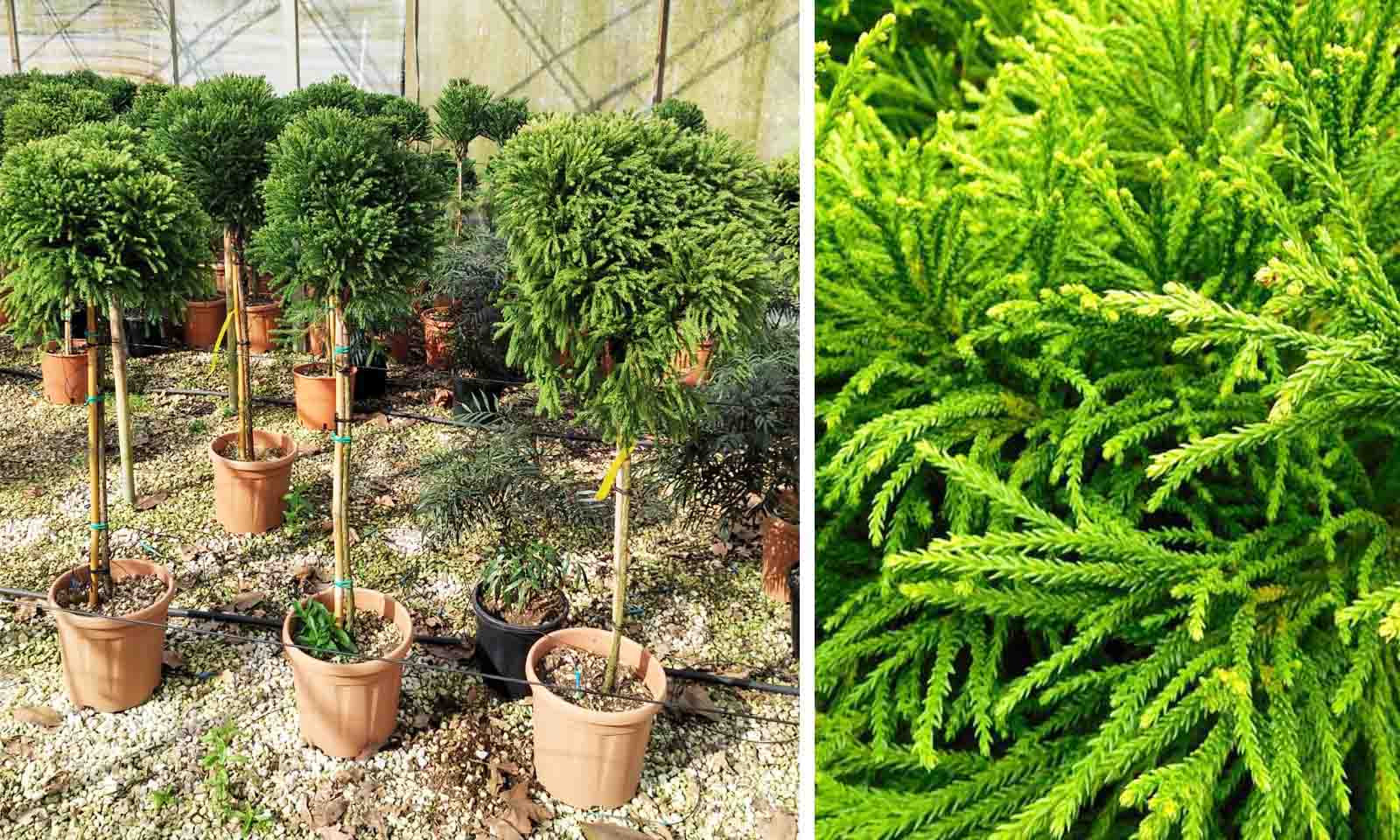Scottish Fine Soaps Sea Kelp Moisturiser 50ml 165 x 50ml
Scottish Fine Soaps Sea Kelp Moisturiser is infused with a refreshing coastal scent and soothing ingredients to nourish and hydrate your skin. It will revitalise and refresh your skin and your senses. Scottish Fine Soaps Sea Kelp Notes on the Collection Our Sea Kelp collection is infused with nutrients and boasts a reviving coastal fragrance to recreate a luxury spa experience at home. Sea Kelp grows wild in Scotland and is naturally rich in minerals and anti-oxidants. This inspires the swirling aqua design of the bold packaging, an innovative twist on a classic Paisley pattern. With a clean, fresh and light fragrance, it's reminiscent of a cool sea breeze. Scottish Fine Soaps Sea Kelp How to Use Massage a little of this rich moisturiser into your skin until fully absorbed, to leave your hands feeling rejuvenated and nourished. Scottish Fine Soaps Sea Kelp Ingredients Aqua (Water), Glycerin, Paraffinum Liquidum (Mineral Oil), Prunus Amygdalus Dulcis Oil, Cetearyl Alcohol, Stearic Acid, Phenoxyethanol, Glyceryl Stearate, Parfum (Fragrance), PEG-20 Stearate, Aminomethyl Propanol, Disodium EDTA, Ethylhexylglycerin, Fucus Vesiculosus Extract, Laminaria Japonica Extract, Chondrus Crispus Extract, Potassium Sorbate, Sodium Benzoate, Benzyl Salicylate, Hydroxycitronellal, Linalool, Citronellol, Eugenol, Alpha-Isomethyl Ionone, Geraniol, Amyl Cinnamal.






